Niigata's Sado Island: A Treasure-Filled Two Day Travel Itinerary

This two-day travel itinerary in Niigata's Sado Island includes local highlights such as riding a wooden tarai-bune (washtub boat), alongside abundant nature and scenic views. There are even gold mines dating back to the Edo Period (1603-1868)!
Sado Island: A Land of Treasures for the Tokugawa Clan
Fans of Japanese movies and animation are probably familiar with the word shogun.
A shogun describes a military commander and leader of the samurai class who ruled Japan. From the Kamakura Period (1185-1333) until the Edo Period (1603-1868), different family lines occupied the position of shogun.
The most famous was the Tokugawa clan. During their over 200-year rule in the Edo Period, they managed to maintain power and authority and saw the samurai era come to its final end.
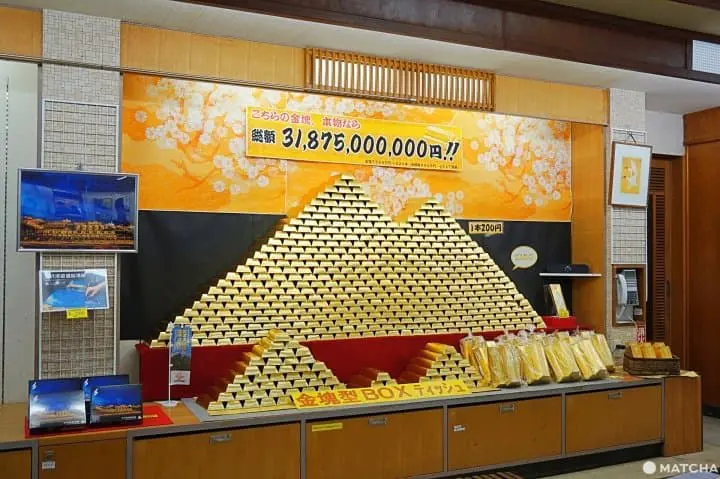
Gold worth tens of billions of yen? These are actually tissue boxes resembling gold bars that are sold at the Sado Kinzan Gold Mine souvenir shop.
This article will introduce Niigata Prefecture's Sado Island—a place filled with treasures that sustained Japan's Tokugawa shogunate (feudal military government) for many years.
Day 1-- 7:10 Depart From Ueno Station
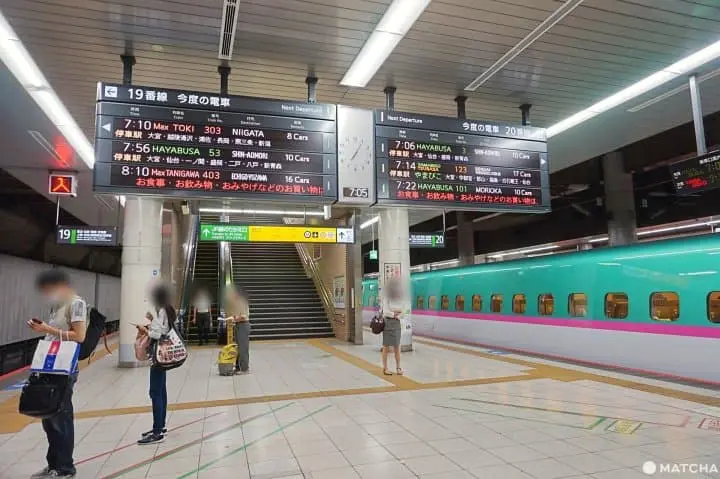
To begin our adventure, let's head to Niigata from Tokyo.
Our writer boarded the 7:10 shinkansen leaving from JR Ueno Station. For JR Tokyo Station, the shinkansen departs at 7:04. Be sure to arrive there a little earlier.
The one-way fare to Niigata from JR Ueno Station is 10,020 yen. From Tokyo Station, the cost is 10,230 yen. You'll arrive at JR Niigata Station in under two hours.
If you want to depart at a different time, be sure to check the timetable.
9:02 Arrive in Niigata
From JR Niigata Station to Sado Island, you'll need to transfer on a bus, and then a ferry.
After departing the shinkansen at Niigata Station, head for the Bandai Exit. Be sure to follow the exit instructions on the information board.
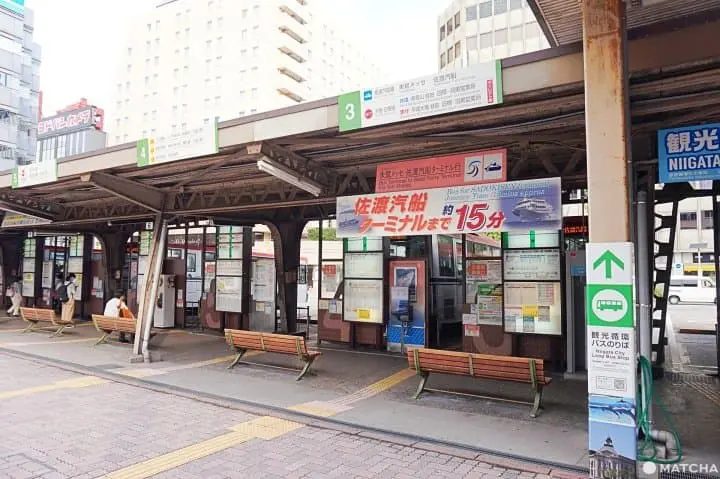
When you exit the station, turn left and walk a short way until you see the tourist information center. Then go a bit farther, and you'll see the bus terminal. From bus stop number 3, hop on a bus heading to Sado Kisen Terminal (see photo above).
The 9:10 bus takes about 15 minutes to get to the terminal and costs 210 yen.
For those wanting a more leisurely trip, we recommend staying the night before somewhere in the station area.
9:40 Let's Go to Sado Island by Jetfoil
When you get off the bus, take the escalator to the third floor of the terminal building.
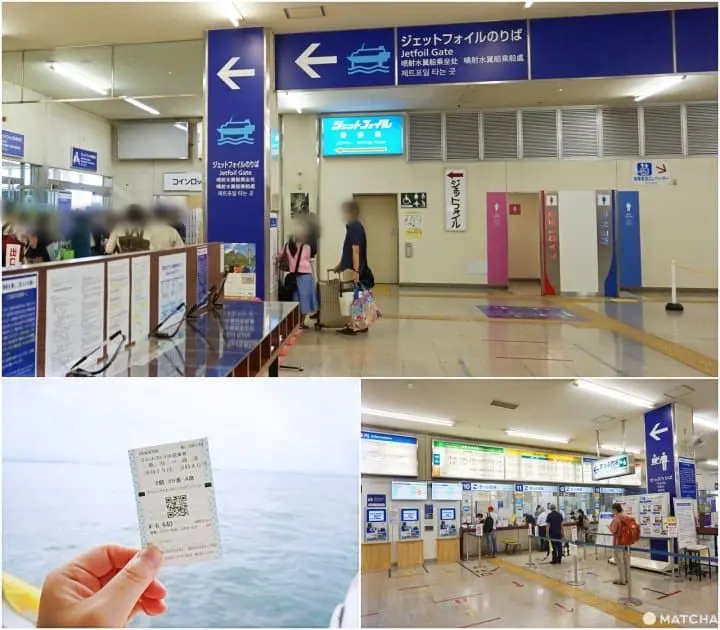
To get to Sado Island, your options are a car ferry and jetfoil.
For this occasion, the writer boarded the jetfoil, which is the fastest way to arrive at the island. The return fare is 11,700 yen (Price is as of January 2021. Fare can change depending on the season).
Tickets can be purchased at the counter. However, an online reservation via the Sado Ferry and Jetfoil homepage allows you to immediately receive your ticket from a ticket machine. The homepage is accessible in multiple languages, including English.
Seats are at a premium on national holidays, so we recommend reserving beforehand. Please check the official homepage for the most recent timetables and fares.

The jetfoil's first floor has a large storage area, and there's seating on the second floor. Since the jetfoil travels at high speeds, be sure to secure your seatbelt.
Hotels near Sado Kisen Terminal
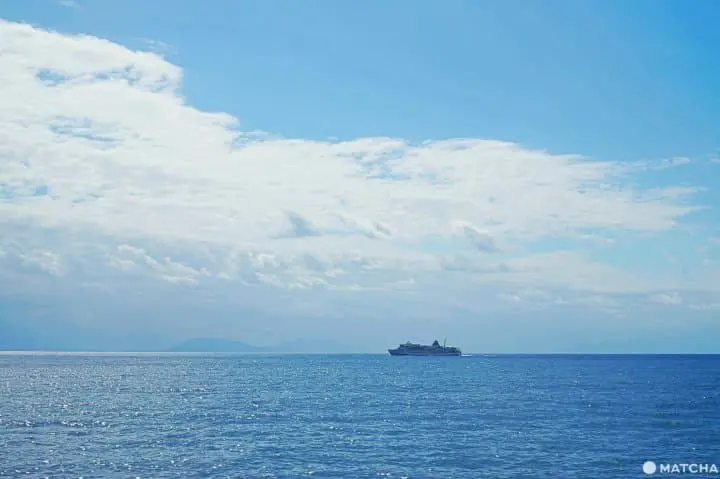
The jetfoil will arrive at Sado Island's Ryotsu Port in about one hour.
10:47 See Tokugawa's Hidden Treasures on Sado Island
Upon exiting the jetfoil, you'll be greeted by a refreshing gust of wind!
Visitors can sightsee on Sado Island by bus, but services are limited. We suggest renting a car to ensure a comfortable and convenient experience.
There are several rent-a-car shops near Ryotsu Port. It's advised to make an online reservation in advance.
11:30 Sample the Popular Menu at Chozaburo Sushi
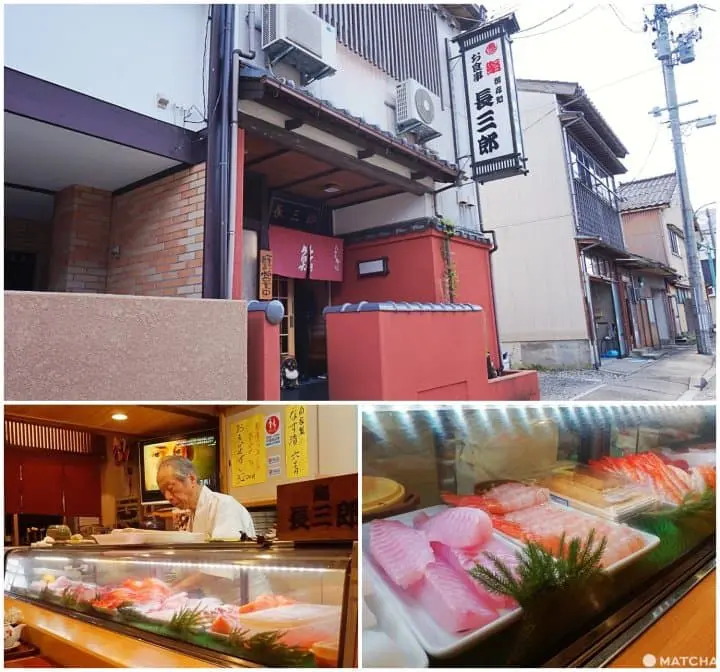
Before we begin sightseeing, let's start with a delicious meal at Chozaburo Sushi! This restaurant is just 15 minutes from the port by car and is loved by locals and visitors alike. Parking is available on a side street next to the eatery.
Niigata Prefecture is famous for its seafood products. This shop also serves up fresh and delicious sushi. However, our writer didn't just come to try the sushi!
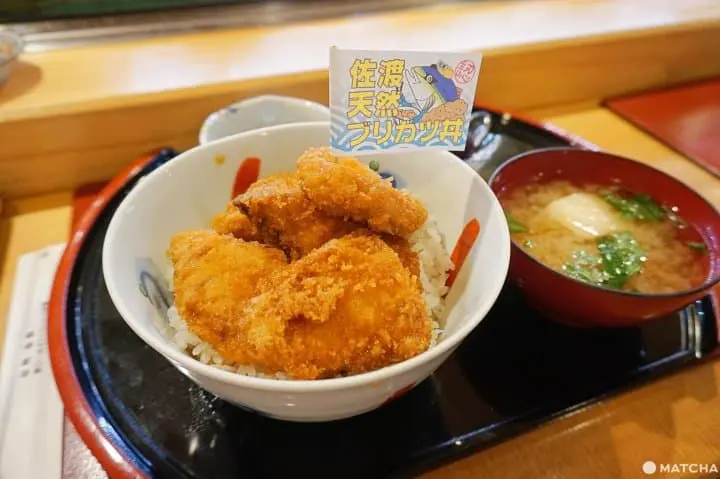
One of Sado Island's popular local dishes is the Buri Katsudon, a yellowtail fish cutlet served on rice (see photo above).
The yellowtail fish (buri) is caught in the waters off Sado Island. For this dish, the cutlet is first dipped in batter then deep-fried. It's served on a bed of rice with a sprinkling of a special sweet and spicy sauce. It comes with miso soup, a seaweed side dish, and fruit. The entire set costs 1,350 yen (after tax).
Their menu has other items such as ramen, curry rice, and a teishoku set meal, so even visitors who don't eat sashimi can enjoy themselves here.
12:30 Take in Sado Island's Amazing Scenery
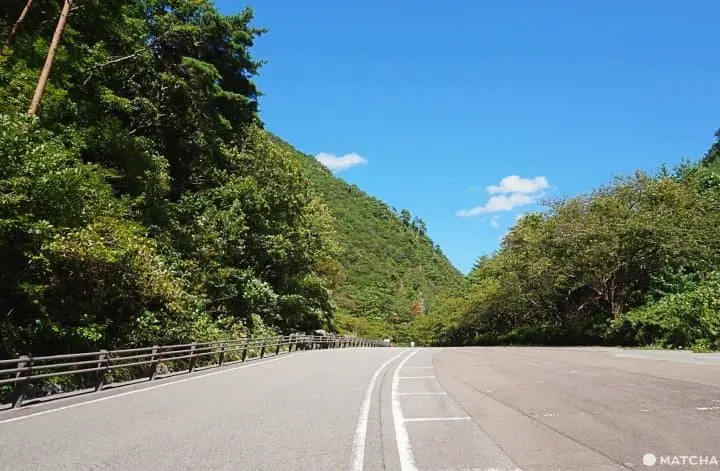
A ten-minute drive from Chozaburo Sushi will take you to Osado Skyline. This mountain route offers scenic views of the surrounding area.
The highest point along this highway sits at an elevation of 900 meters. Surrounded by the ocean, this vantage point offers an all encompassing view of Sado Island's bountiful nature. If you visit during autumn, the nearby mountain's foliage turns brilliant shades of red and orange.
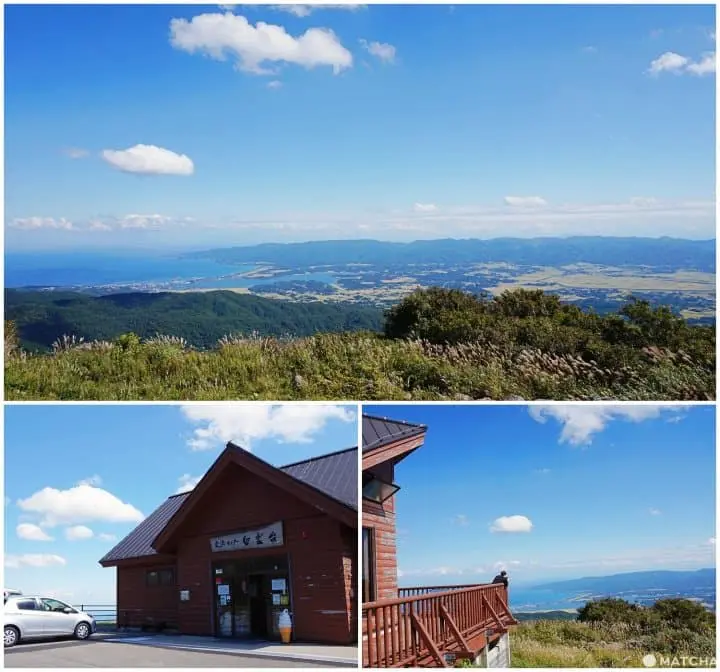
Along the route, you'll find the Haku Undai Rest Area, which has an observatory deck and a retail shop. This is a great place to stop and breathe in the fresh mountain air while admiring the view.
You can buy a variety of local specialty products here. These include jam and candy made with locally-grown fruit, processed fish items, instant miso soup with fish, and locally brewed sake. The shop also sells drinks and soft-served ice cream, so visitors can enjoy a meal here.

The soft-serve ice cream is made with unpasteurized milk from an island farm and costs 350 yen (after tax). Its fragrant aroma and rich taste are irresistible!
14:00 Let's Visit Some of the Tokugawa Treasures!
Next, let's take a look at some of the secrets of the Tokugawa shogunate (feudal military government), which maintained power longer than any other administration.

The perfect photo spot at Kirarium Sado
Sado Island had a silver mine from early times, but it didn't flourish until the Tokugawa shogunate took over the island. In 1596, a gold and silver deposit was discovered here, and the Aikawa Mine opened, one of Japan's largest gold and silver mines.
Oval-shaped coins were made with gold from the Sado Kinzan Gold Mine, then sent off to the Tokugawa government. This became an important source of revenue for the Tokugawa shogunate. It's been said that this allowed Japan to enjoy a state of peace for an extended period of time.
Although 1868 signaled the end of the Tokugawa shogunate, mining continued at the Sado Kinzan Gold Mine until 1989.
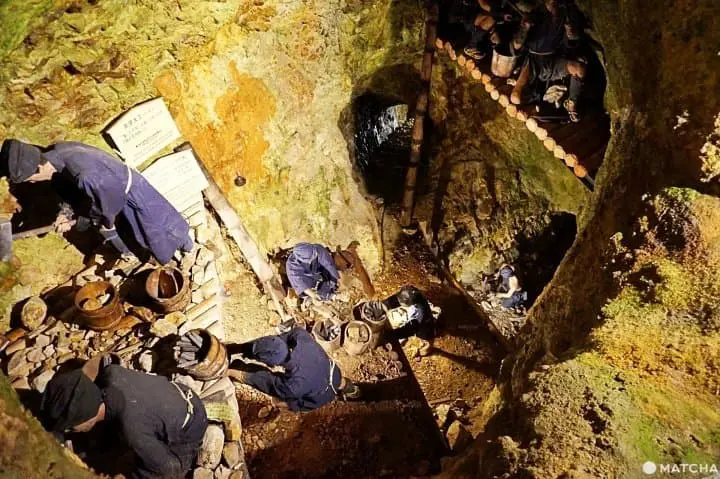
A tour inside one of the tunnels in the Sado Kinzan Gold Mine
Today, land connected to the Sado Kinzan Gold Mine has turned into a tourist facility and a museum. This is where visitors can learn more about Japanese history.
In addition to landing on a provisional list for World Heritage Site recognition, the Sado Kinzan Gold Mine is a designated Important Cultural Property and historical site.
Kirarium Sado
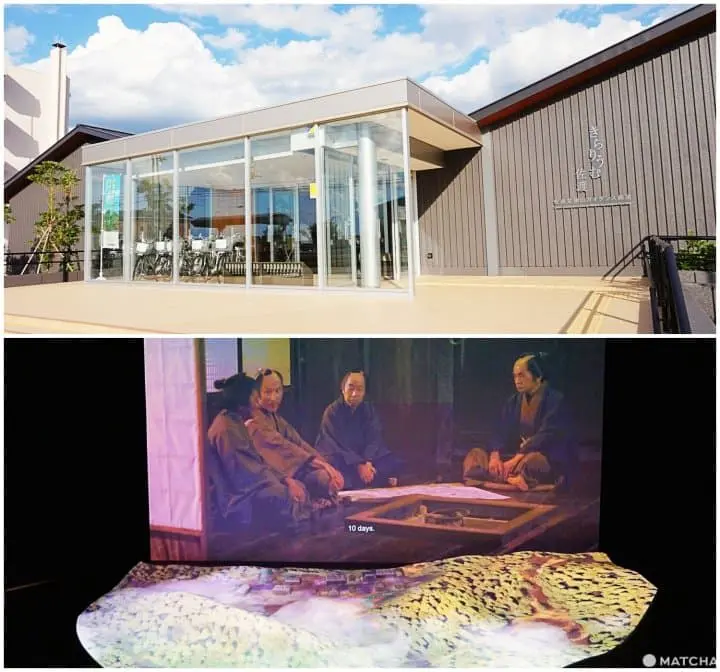
At Kirarium Sado, visitors can further learn about the Sado Kinzan Gold Mine through videos.
This facility introduces the history of the mine and its production process—from gold mining and coin minting to their final transport to the Japanese mainland.
The videos and explanations are all accompanied by English for international visitors. Admission is 300 yen.
Sado Kinzan Gold Mine
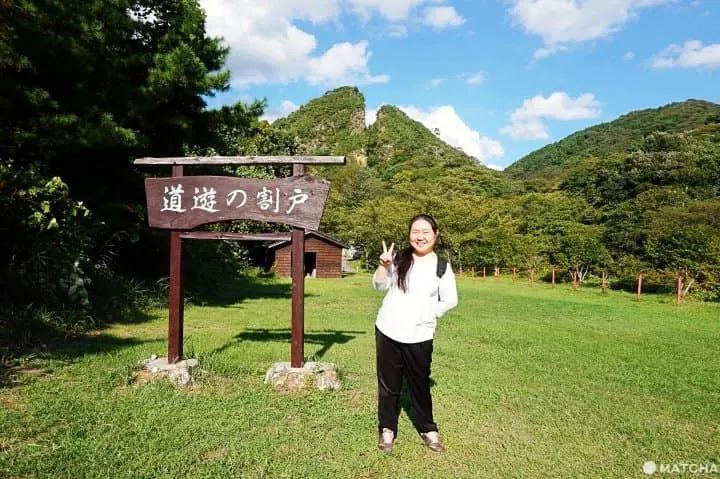
Marvel as this great photo spot! In the background, you can see a crack on the mountaintop due to gold mining.
At the Sado Kinzan Gold Mine, visitors can get a glimpse of gold mining during its heyday.
The exhibits use sound, explanations, and robots. You'll gain a better understanding of how the laborers moved around and spent their work days.
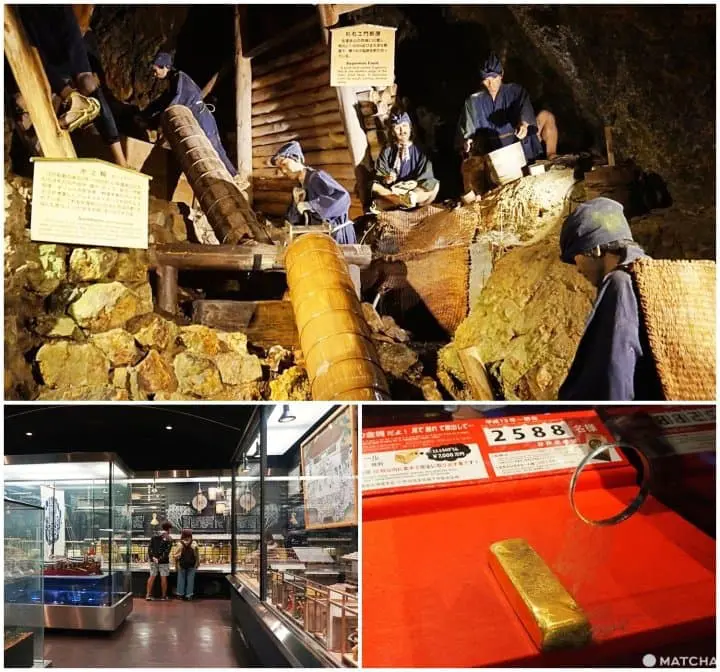
There are two tunnels inside the mine.
The Sodayu Tunnel recreates the gold mine during the Edo Period. The exhibit features human figures alongside English explanations. International visitors can better understand the gold excavation process, living conditions. labor system, and their lifestyle.
Also on display is a cross-section map of the mine. There are even replicas and actual gold coins sent to the Tokugawa government on display.
You'll also find a fun, interactive game. Here, the challenge is to pick up an actual gold bar weighing 12.5 kilograms with one hand, then pull it out through a hole in the exhibit case (see bottom right in the photo above).
Successful competitors will receive a card embossed with a serial number that is decorated with gold leaf. As of September 2020, only 2,588 people have managed this difficult feat.
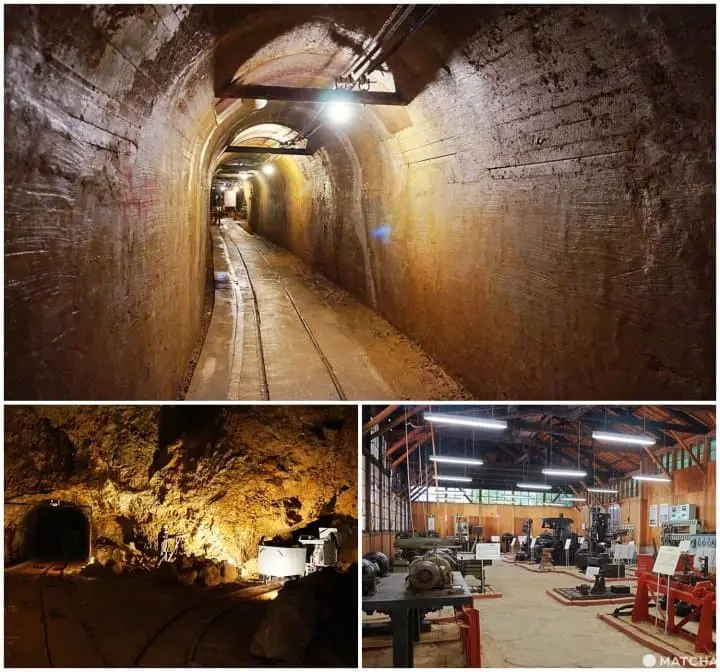
The other tunnel called Dohyu Tunnel recreates the mine during the Meiji Period.
Japan adopted the use of many kinds of equipment from overseas during this era. This allowed them to develop and improve their mining technology.
Trolley tracks and other relics can be found inside this tunnel. The atmosphere here is slightly different from the Sodayu Tunnel.
When you exit the tunnel, there's a display featuring machinery used in gold mining.
You can also see an open space that's perfect for taking a photo with an unusual mountain in the background. Doyu no Warito is a mountain that is split at the top due to the mining process.
It's possible to get right in front of the mountain's crack. If you have some time after your photo, go try taking a closer look.

The gift shop sells many goods, including confectioneries, small accessories, and good luck charms.
All of the souvenirs have a gold theme, including gold-colored items and some decorated with gold leaf. Even the shop is decked out in a gold color scheme.
Admission to the gold mine is 900 yen (after tax) and includes a tour of one of the tunnels. For 1,400 yen (after tax), visitors can venture out to both tunnels.
Kitazawa Flotation Plant Remains

Kitazawa Flotation Plant Remains is a big building shrouded in green grass and moss.
The building's fantasy-like appearance has been said to either resemble Machu Picchu or a Ghibli animation movie.
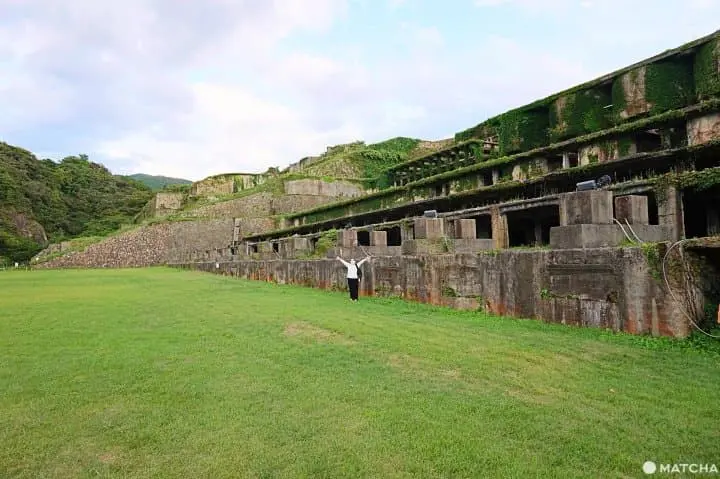
The inside of the building is off-limits for safety reasons, but visitors can admire the view from outside free of charge. This place is ideal for taking unique photos—one that captures the building's mysterious mood.
If you're traveling by car, the easiest sightseeing order is visiting the Sado Kinzan Gold Mine, then Kitazawa Flotation Plant Ruins, and finally Kirarium Sado.
Prefer learning about each site in the proper order? Then it's best to visit Kararium Sado, Sado Kinzan Gold Mine, then the Kitazawa Flotation Plant Ruins.
A Breathtaking View and Our Hotel Check-In
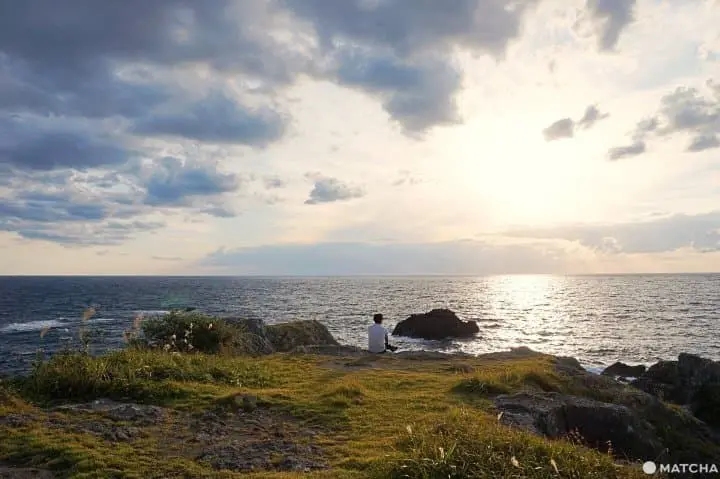
After visiting the three sites, let's drive along the coastline as we head for the cape.
If you arrive at the cape and sandy beach from the island's west side, you'll enjoy a stunning sunset.
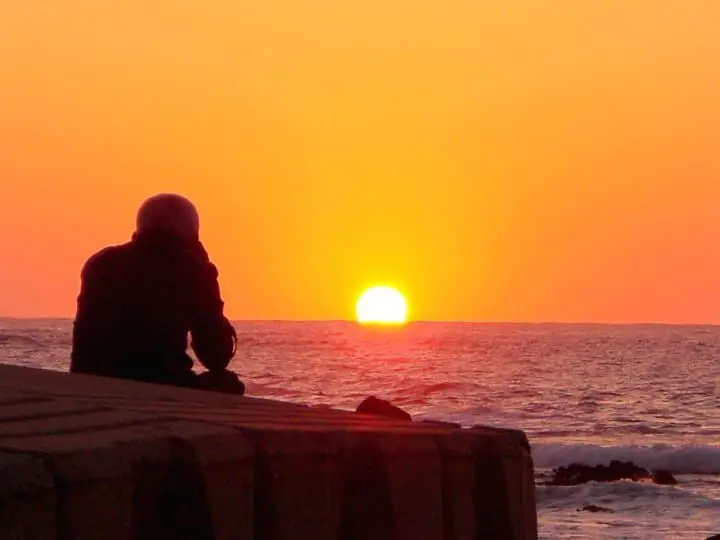
The sun setting over the ocean at dusk. Picture courtesy of Sado Tourism Association
If you check when the sun sets, you can decide whether to watch the sunset first, or check into your hotel.
Kokusai Sado Kanko Hotel Yahatakan
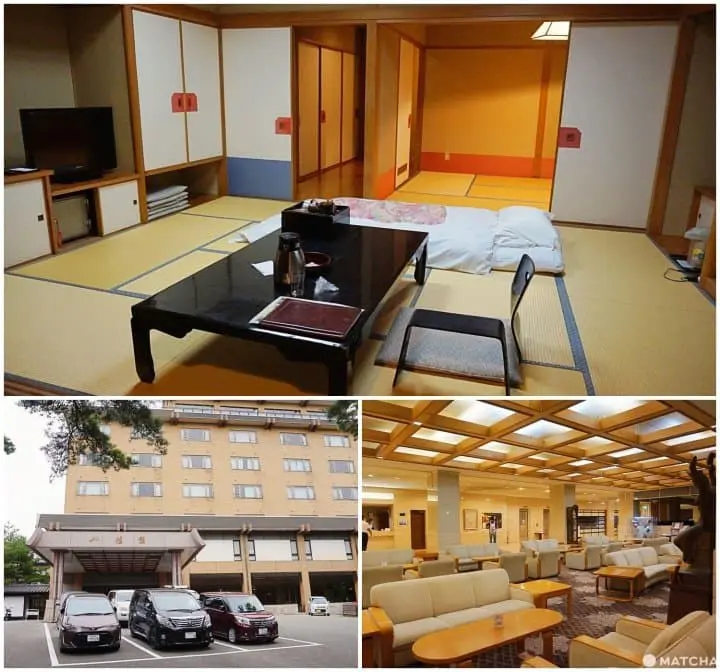
Our accommodation this time was quite luxurious.
Kokusai Sado Kanko Hotel Yahatakan is where dignitaries such as the Japanese emperor and the Imperial family have stayed. One night's stay costs about 21,000 yen (depending on the season and room), and you can expect superb hospitality.
The spacious guest rooms are Japanese-style and include full bathroom facilities. For visitors looking to soak in a hot spring, we recommend the rotemburo with its large bath and Japanese-style atmosphere.
There's also a souvenir shop on the first floor.
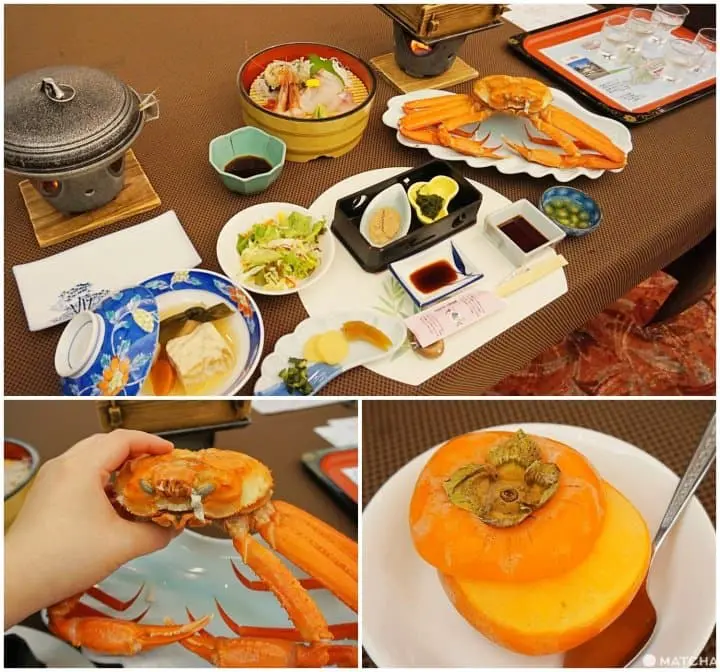
Dinner is served in the large banquet hall. While checking in, it's good to let the staff know your preferred dining time.
Dinner is a Japanese-style set meal featuring delicious ingredients from the Sado Island area. You can enjoy sashimi, crab, fish, shellfish, and dessert (see photo above)!
Our writer also sampled five varieties of locally brewed Japanese sake.
Look at the Cute Sea Fireflies!
Our writer had the unique opportunity to join the Umihotaru (Sea Firefly) Tour, a special event held at the end of summer (this trip occurred in mid-September).
You can make reservations on the Discover Sado! Enjoy Plan official homepage (Japanese). For a list of fun hands-on activities, please refer to Explore the Natural Beauty of Sado Island official homepage.
A staff member will start with a short talk about sea fireflies then show a live specimen. The sea firefly, which emits a blue-colored light, is a tiny marine organism with a body about three millimeters in length. There aren't many opportunities to see these creatures up close in Japan.
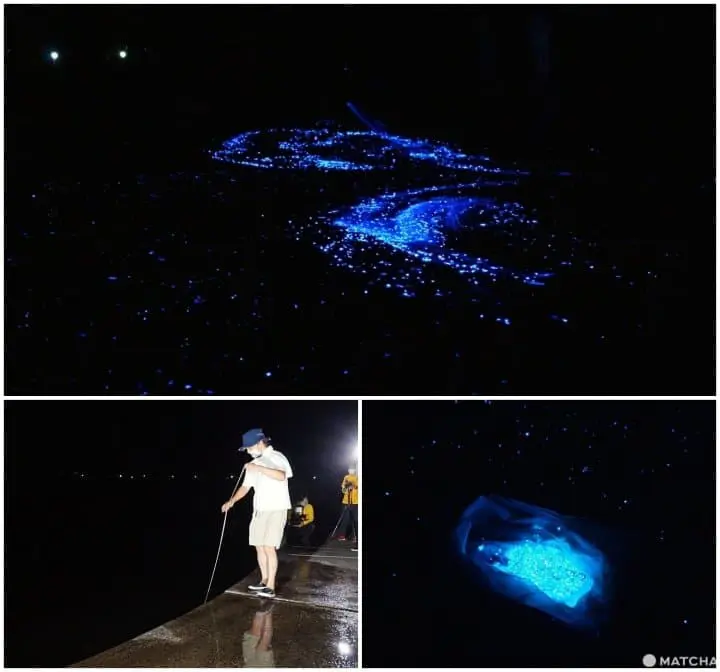
After listening to the lecture, the staff gave another close-up look at the sea fireflies. It was like seeing a constellation in the evening sky before my very eyes.
Finally, the sea fireflies were gently returned to the ocean.
Day 2 (7:30) Breakfast, Then Hotel Check-Out
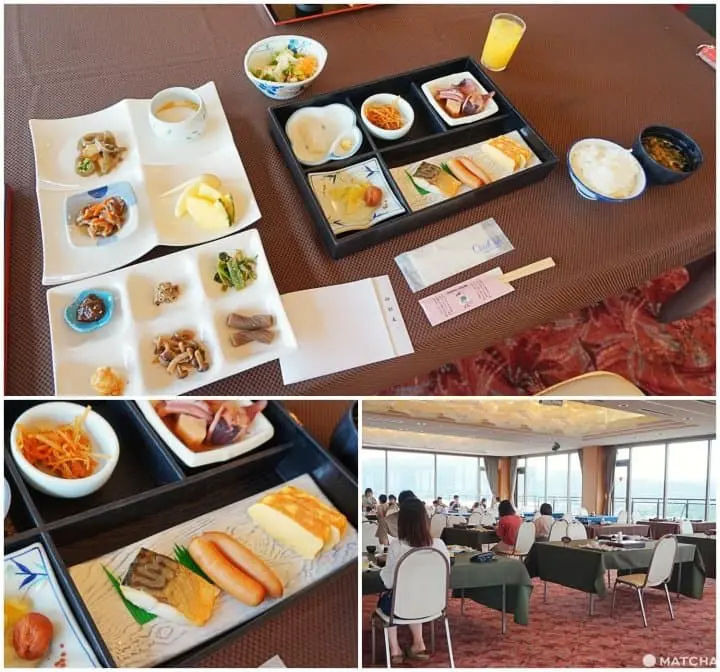
The next morning, I woke up earlier than usual to enjoy a Japanese-style breakfast. In addition to the piping hot rice, there were several side dishes, including tamagoyaki (fried egg), grilled fish, a simmered dish, Japanese pickles, steamed vegetables, miso soup, and fruit!
Now that we've had breakfast and checked out of our hotel, let's go and learn more about the history and culture of Sado Island's gold!
9:00 Put On a Kimono and Explore Aikawa Kyomachi
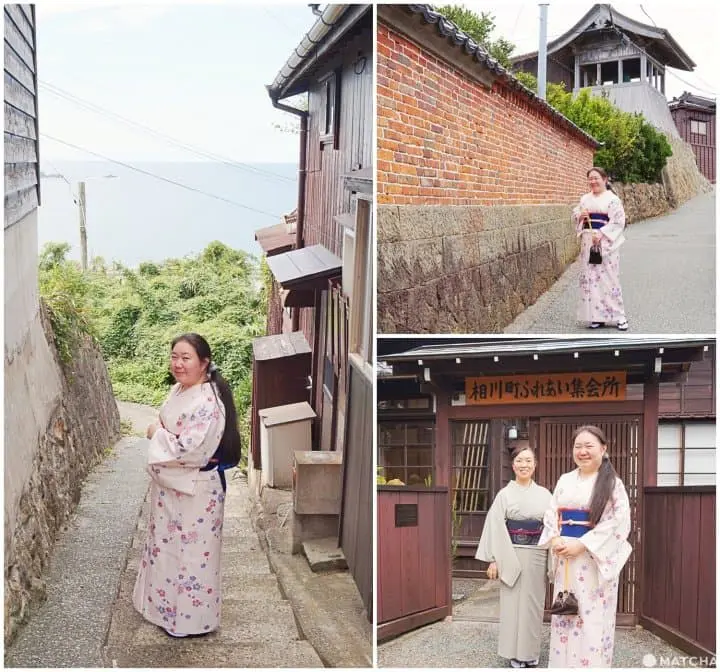
First, let's go to Aikawa Kyomachi, an area where traditional Japanese homes are preserved.
Our writer made a reservation to wear a kimono using the site, Discover Sado! Enjoy Plan (Japanese). At the Aikawamachi Fureai Community Center, the teacher helped me put on my kimono. Following my transformation, I soon felt like one of the locals!

Enjoy a walk while dressed in a kimono around the area and take some memorable photos!
See the Sado Commissioner's Office: A Samurai Workplace
Just a short five-minute walk from the Aikawamachi Fureai Community Center is the Sado Commisioner's Office (Sado Bugyosho Site).
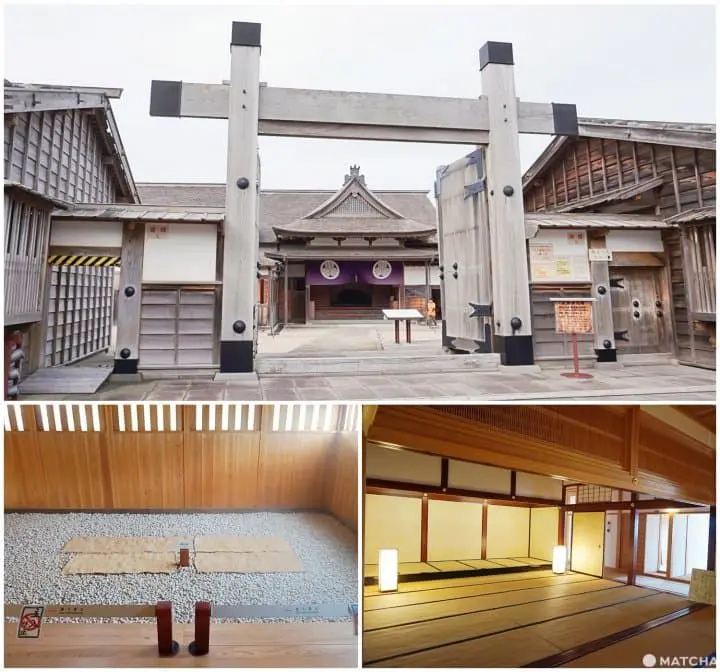
This is the public office where high-ranking samurai—under the direct control of the Edo government—managed Sado Island's gold and silver mines and minted coins.
This building was constructed at the end of the Edo Period. It was restored in 2001, and tours of the facility are available. Admission is 500 yen.
At the building in the foreground, visitors are shown the hall where meetings were conducted and the courtroom where verdicts were handed down to criminals on trial.
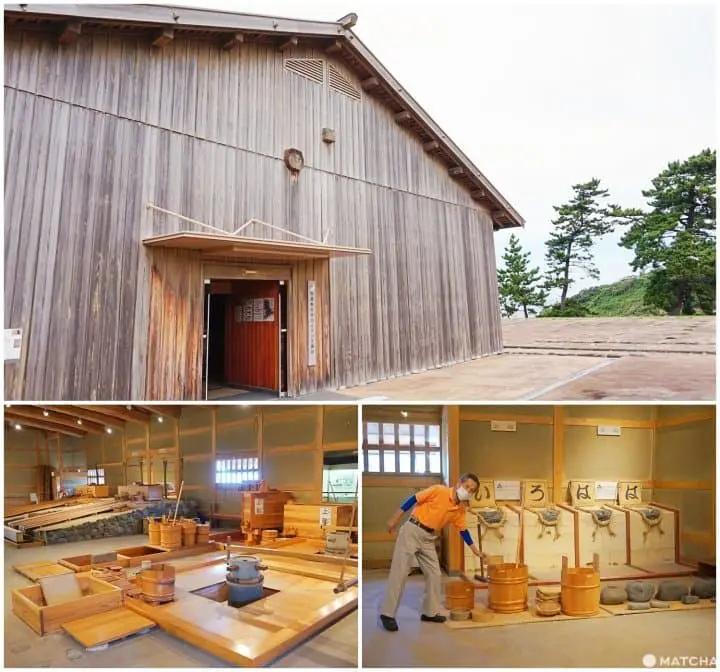
A separate building functioned as yoseseriba, or a place for gold refining and grading. The exhibit displays tools that were used for the gold refining process.
After the nice walk, it's time to return the kimono. If you plan to stay an additional night, you don't need to return the kimono until the afternoon.
Shimafumi Bakery: Lunch With an Ocean View!

Before heading off to our next destination, let's have lunch at one of the island's popular eating spots!
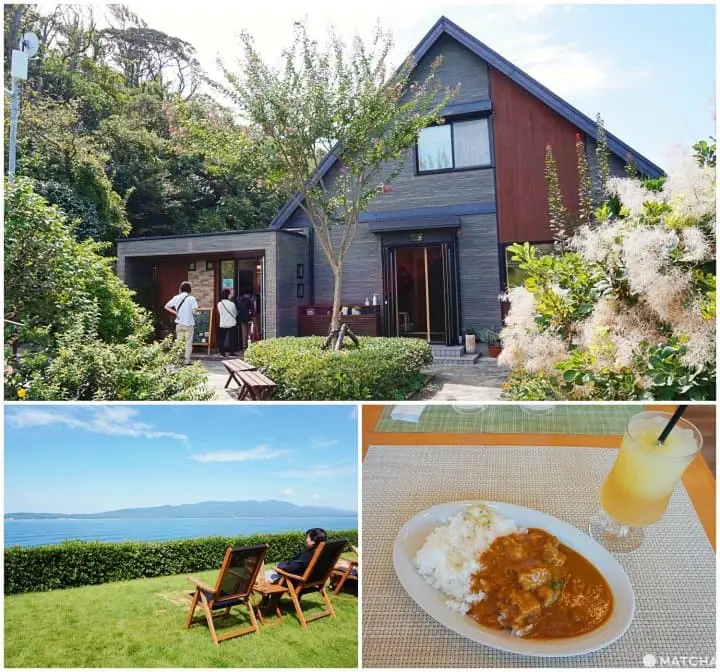
Shimafumi Bakery was built on a hill overlooking the ocean. Visitors will get a great view of the sea and sky.
The outdoor terrace accentuates this view and offers a comfortable breeze.
Guests can savor bread (480 yen and up) and curry rice (900 yen and up). You'll satisfy your hunger and take in an amazing view. Don't forget to snap a commemorative photo.
12:30 Strike Gold at Sado Nishimikawa Gold Park!
After a ten-minute drive, we arrived at our next spot: Sado Nishimikawa Gold Park.
We'll learn about gold and have a gold panning experience!
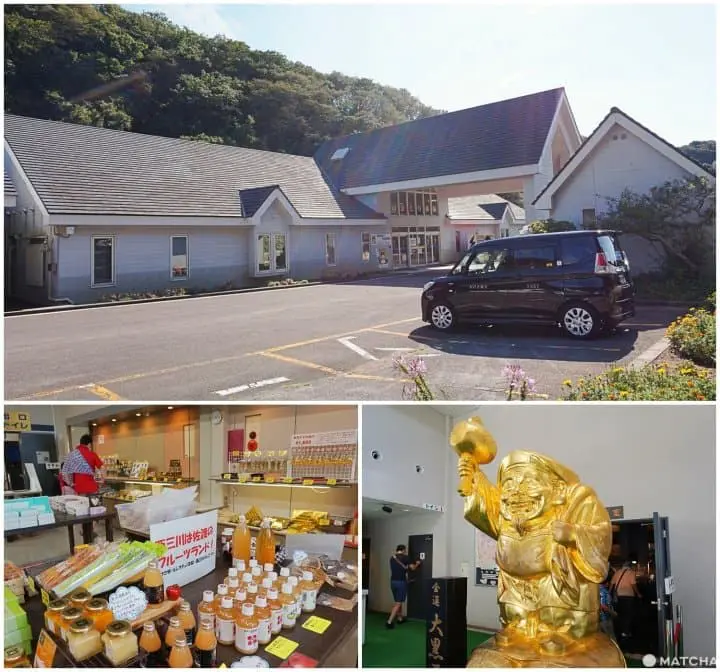
At Sado Nishimikawa Gold Park's museum, you can learn about gold and Japanese gold mines.
As expected, the gift shop offers a full lineup of gold-related goods. The candy and cheesecake decorated with gold flakes can't be found anywhere else!
Don't miss out on the gold panning experience, which lets you take home the gold that you find! This hands-on experience is included in the Gold Park 1,000 yen admission fee.
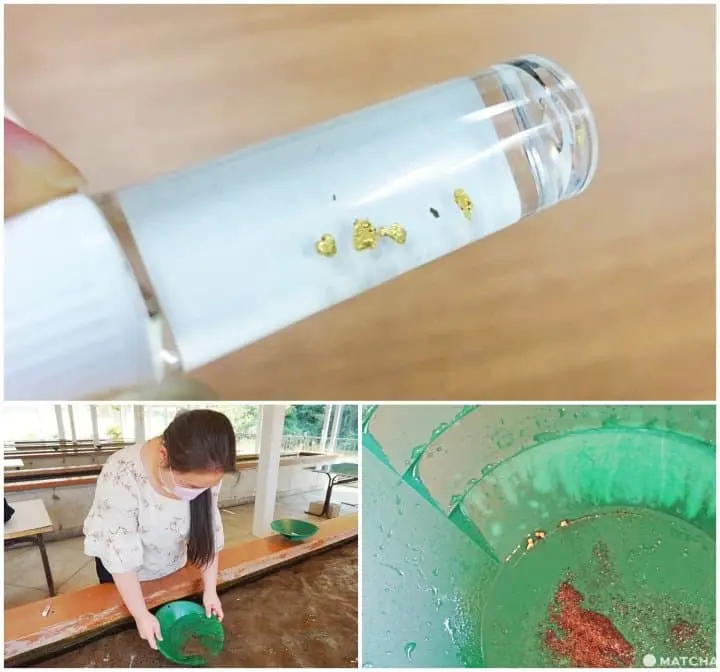
Mining in the mountains isn't the only way to find gold. You can also find tiny pieces of gold amongst the gravel and sand that are washed down the river from the mountain's gold deposit.
The writer used a sieve-like pan to pick up sand and water and sift through it to find gold dust. The kind staff will show you exactly how it's done!
The gold dust that you find can be taken home! During the 30-minute time limit, visitors can dip their pan into the water and sift for gold as many times as they like.
The gold dust will be put into a plastic case with water to take home. For an extra 1,500 yen, staff will make you an accessory—such as a key holder or pendant—so you can nicely preserve your gold dust.
13:30 Experience a Traditional Way of Living
Next, we'll head south and visit Shukunegi village. This area flourished during the Edo Period, when local gold was minted into coins. These coins buoyed government coffers, which in turn helped Sado Island to prosper.
After, we'll take a ride in a tarai-bune, a small boat shaped like a washtub. This boat is a unique feature of Sado Island.
Visit a Shipwrights' Village (Shukunegi)

Shukunegi village features rows of traditional homes—tightly packed side by side into a small area. One look at sankakuya, a triangular house opened for public viewing, and you'll see how a tiny plot of land was maximized to its full efficiency.
A square or rectangular-shaped house has traditionally been considered common sense. But sankakuya was placed at a three-way junction. So it was built to conform to the shape of the street, resulting in a house with a rather sharp angle (see photo above).
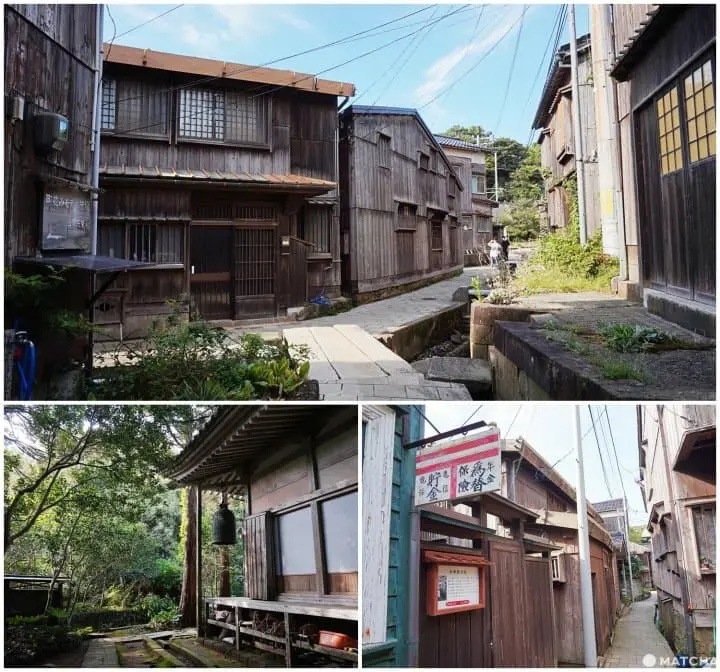
Since medieval times, Shukunegi village was largely inhabited by people engaged in the shipping industry. The town flourished to a point where the ships and their cargo docked in Shukunegi Bay were said to account for one-third of Sado's wealth.
On a narrow strip of land covering one hectare (about 108,000 square feet), old houses are clustered side by side. To use this limited space efficiently, homes ended up being built with rather unique shapes and designs.
There's a box at the entrance to the house where visitors are asked to drop in 100 yen. This admission fee is used to help preserve the town. For only 300 to 500 yen, you can take a look at several old houses.
Take a Ride in Yajima's Tarai-Bune
After driving for about eight-minutes from Shukunegi, a sideroad takes us to the coastline and Yajima Taiken Koryu Center. Here, we'll buy tickets (600 yen) for the tarai-bune experience.
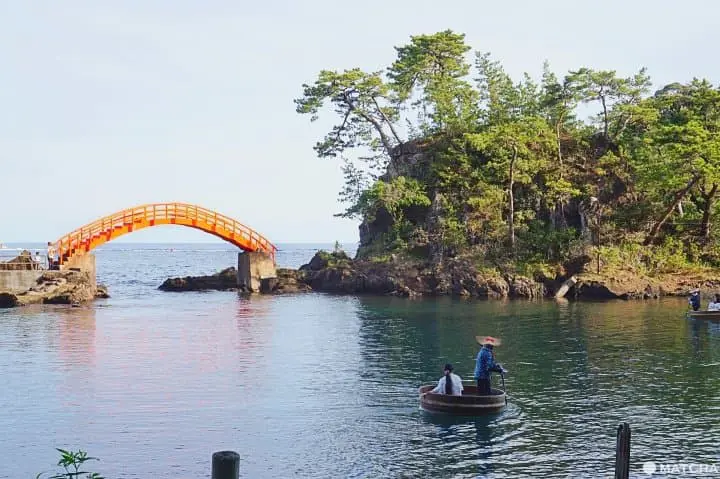
The tarai-bune is a unique tub-shaped wooden boat. We were told that they are made from old tubs that have been modified and upgraded.
Since the island has an indented coastline, it is difficult for regular boats to stop by.
The nearby area is also blessed with an abundance of seafood including abalone (awabi), turban shells (sazae), and various kinds of seaweed. It's been said that the tarai-bune boats were built for this reason.
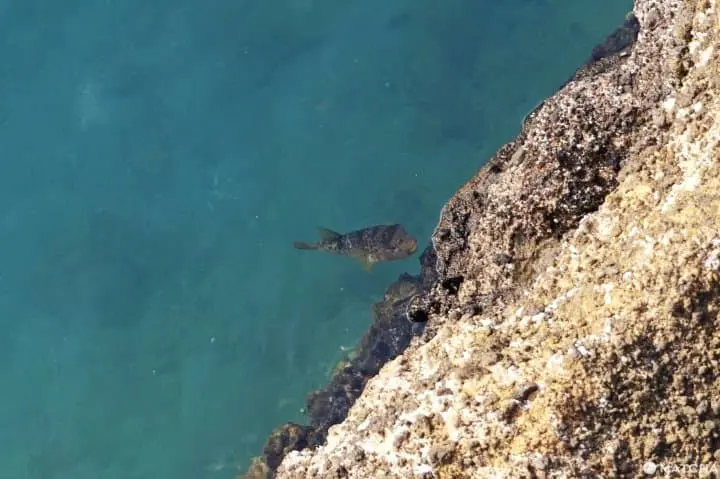
The tarai-bune is a boat that you really can't see anywhere else. It even made an appearance in Studio Ghibli's hit movie "Spirited Away."
Passengers in the tarai-bune are treated to a special sight here. First, please take note of the crystal clear waters of the sea. Then enjoy the view of the beautiful vermilion-colored bridge that connects the small islands of Yajima and Kyojima in the background.
14:00 Let's Get Ready to Head Home
At 16:00, we'll make preparations for our return trip and head back to Ryotsu Port. This will take about one hour by car.
The last jetfoil leaving from Ryotsu Port departs at 17:40. Be sure to allow yourself some extra time for last-minute activities, such as picking up a souvenir.
*The jetfoil timetable changes depending on the season. For additional details, please check the Sado Ferry and Jetfoil homepage.
Sado Island's Unique Souvenirs!

Souvenir shops are lined up across Ryotsu Port, so you can go shopping to your heart's content.
Among our recommendations, seafood products are a must-buy. If you're looking for fruit, persimmons are a famous local specialty.
There's also sweets decorated with motifs of the Japanese crested ibis, the official bird of both Niigata Prefecture and Sado Island.
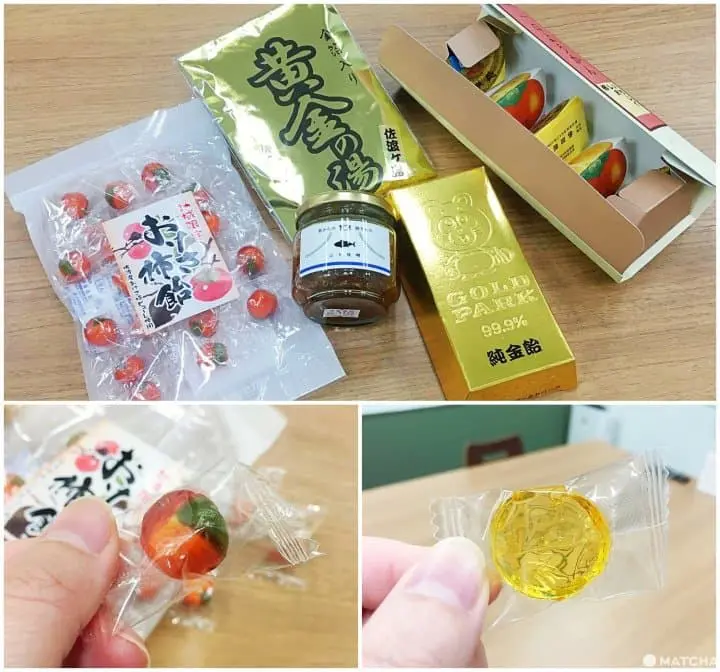
Our writer purchased an assortment of souvenirs, including persimmon confections and candy with flecks of gold leaf. There was also bite-sized yokan (5 pieces) featuring a salty fig-persimmon flavor. This unique sweet was something I wanted to eat and also share with my friends.
Finally, there was bottled saba (mackerel) miso, and bath salts with gold leaf to ease fatigue and give a luxurious feeling.
Let's Hop on the Jetfoil and Return to Niigata!
The return trip by jetfoil takes about an hour. Once you arrive at Niigata Port, you can hop on a bus from the same bus stop you used at the beginning of the trip. This will take you to the bus terminal in front of Niigata Station.
From here, you can either board the shinkansen and return to Tokyo, or get on a train and explore other cities. There are many hotels near the station if you'd like to do additional sightseeing around Niigata City.
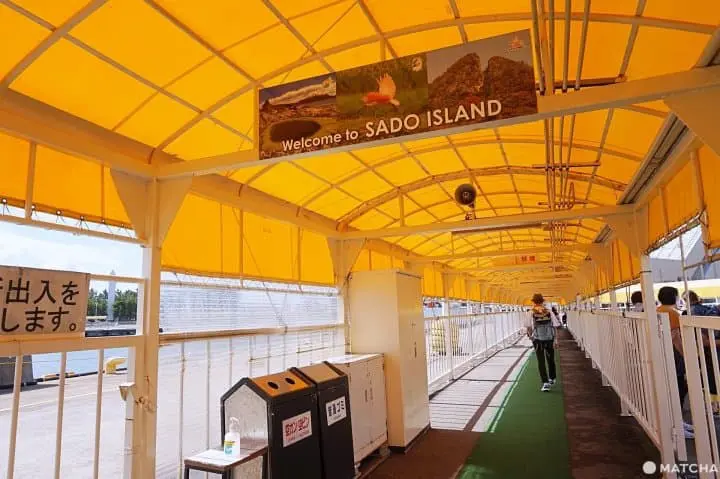
Our writer's trip lasted for one night and two days. If you have extra time, I recommend staying at least two additional nights. Allow yourself ample time for your travels and take many memorable photos.
Sado Island has plenty of interesting things to see and do. Some activities include trekking-hiking courses, Sado Geopark, diving spots, old temples, and historic Noh theaters, to name a few!




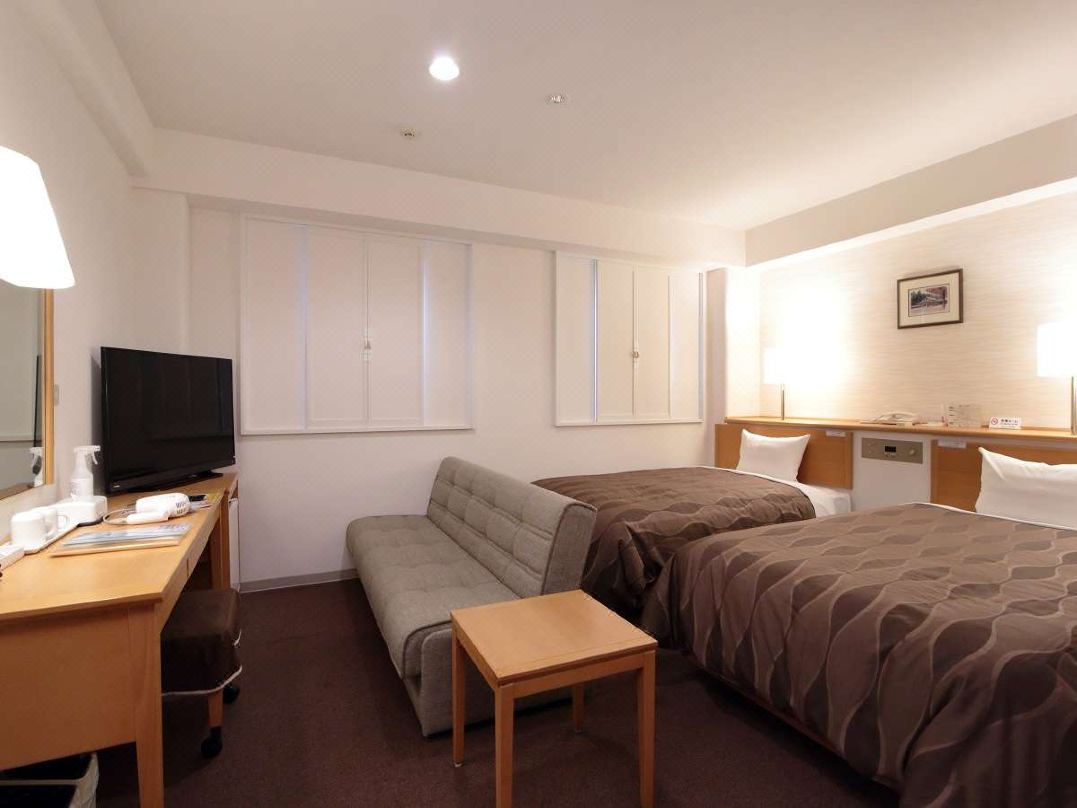

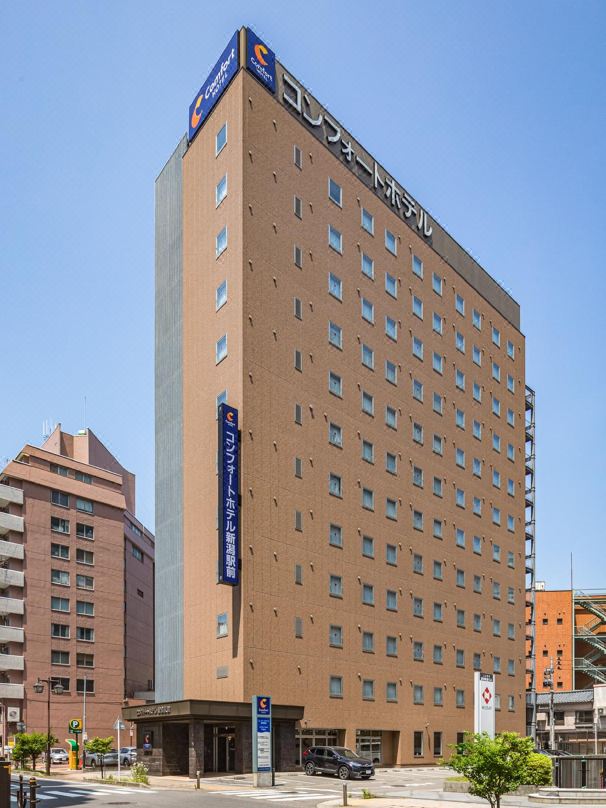
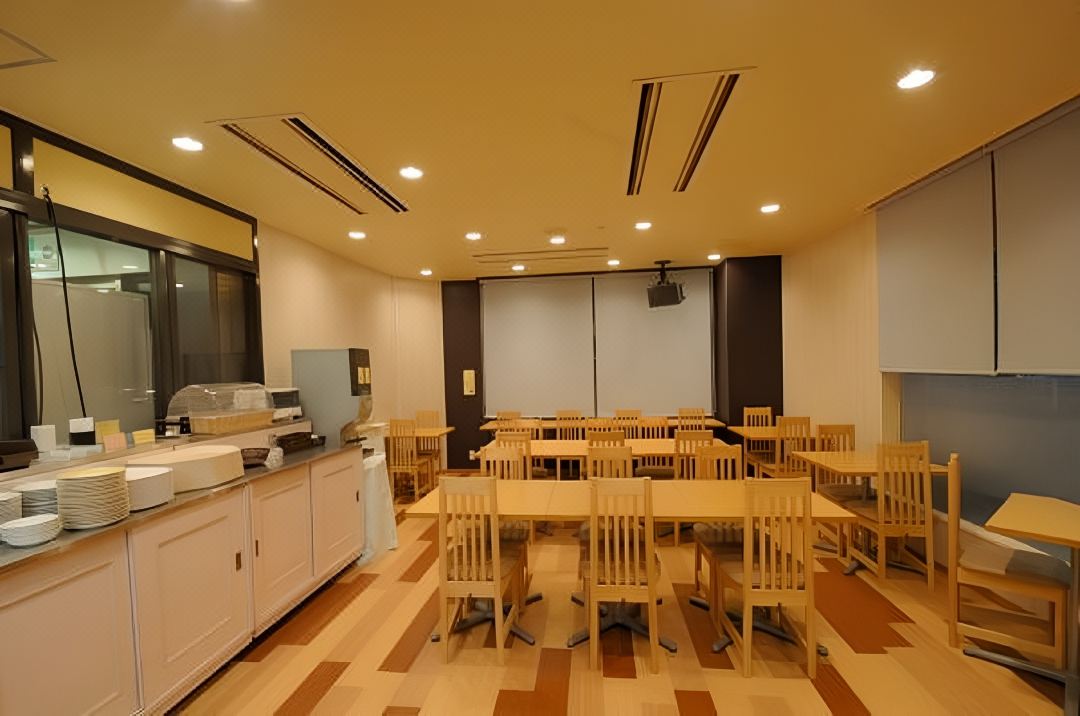





![[About 3 hours from Tokyo] 5 things to do in Murakami City, Niigata Prefecture](https://resources.matcha-jp.com/resize/720x2000/2023/12/08-155613.webp)



























![[2026] Top 5 Strawberry Picking Spots in Tokushima, Naruto| Farms and Access Guide for January to May](https://resources.matcha-jp.com/resize/720x2000/2025/03/06-227165.webp)
![[Yamanashi/ Hokuto City] 4 Hot New Spots Opening in 2026](https://resources.matcha-jp.com/resize/720x2000/2025/12/12-252747.webp)


